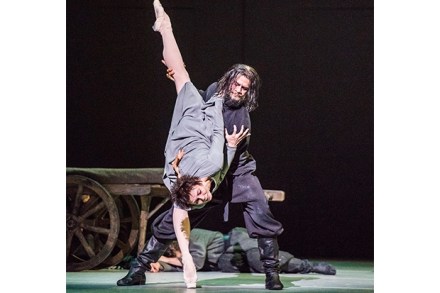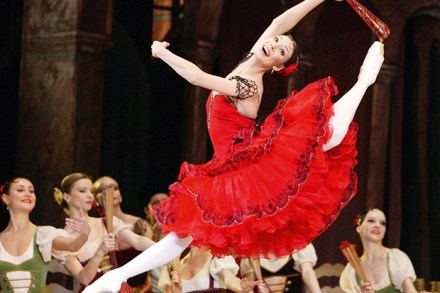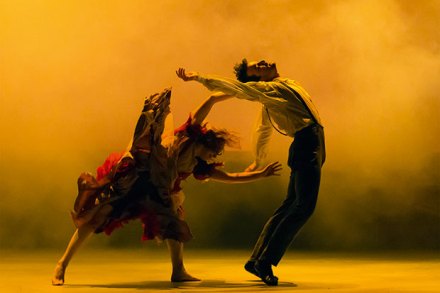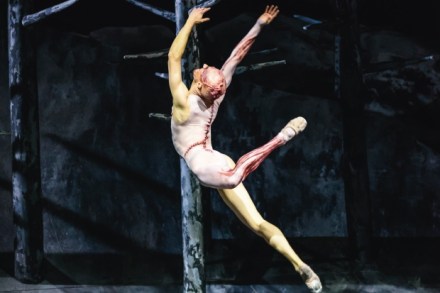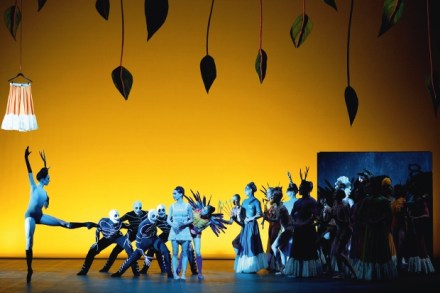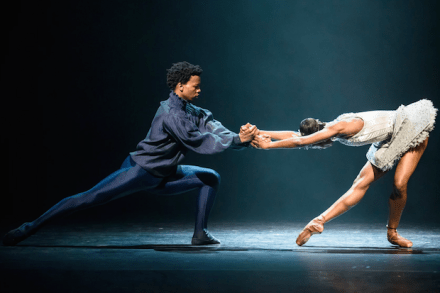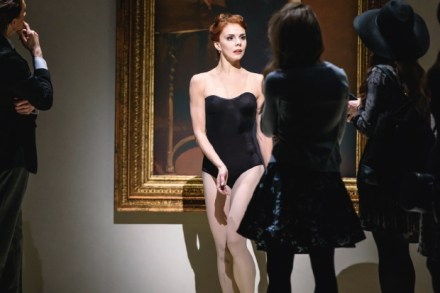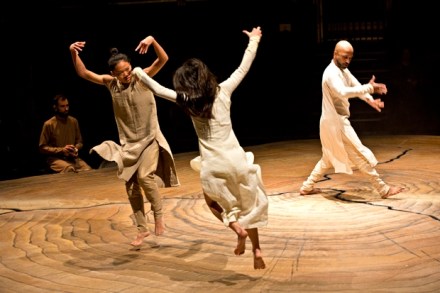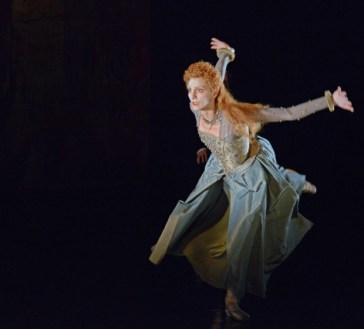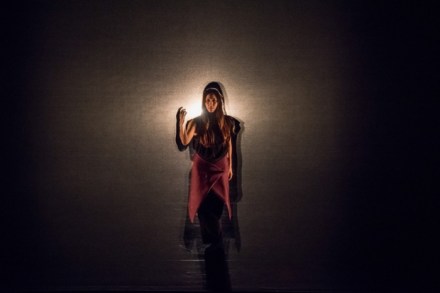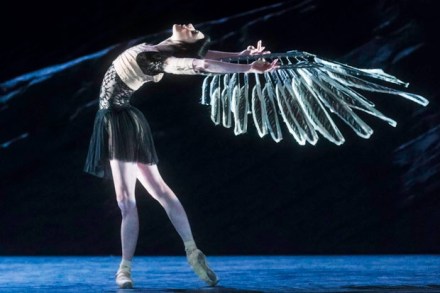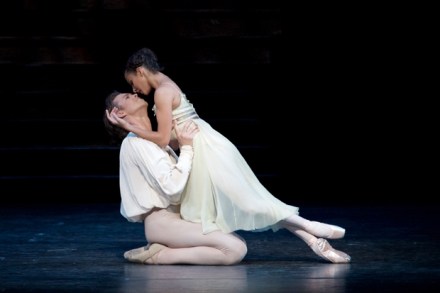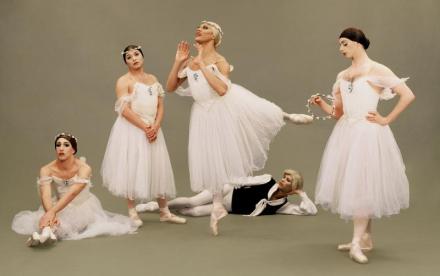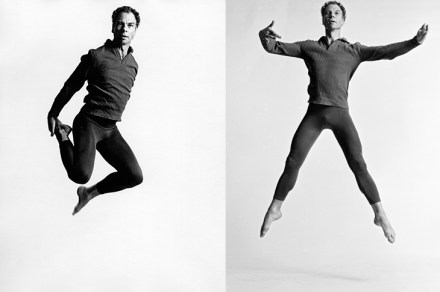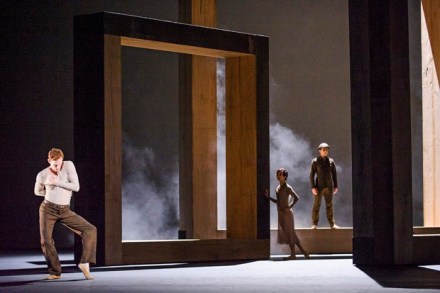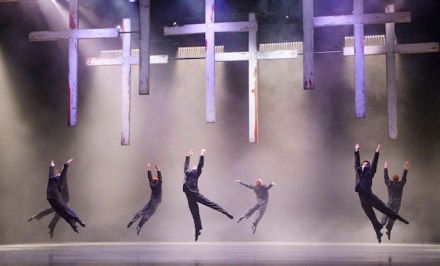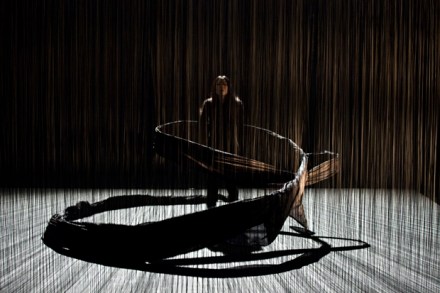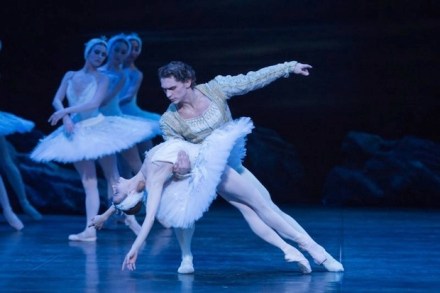Mistaken identity
The Romanovs were a hot topic in 1967: it was the 50th anniversary of the Russian Revolution, memories of Ingrid Bergman’s Oscar winning Anastasia were still fresh and Robert Massie’s Nicholas and Alexandra was on every bestseller list. Kenneth MacMillan was ‘sick to death of fairy tales’ and his one act treatment of the Anna Anderson story, with its groundbreaking use of archive film and uncompromising Martinu score, was a ballet for grown ups that wrestled with the very nature of human identity. Lynn Seymour, the greatest dance actress of her generation, created the role of the mental patient who might (or might not) be a Grand Duchess and the
